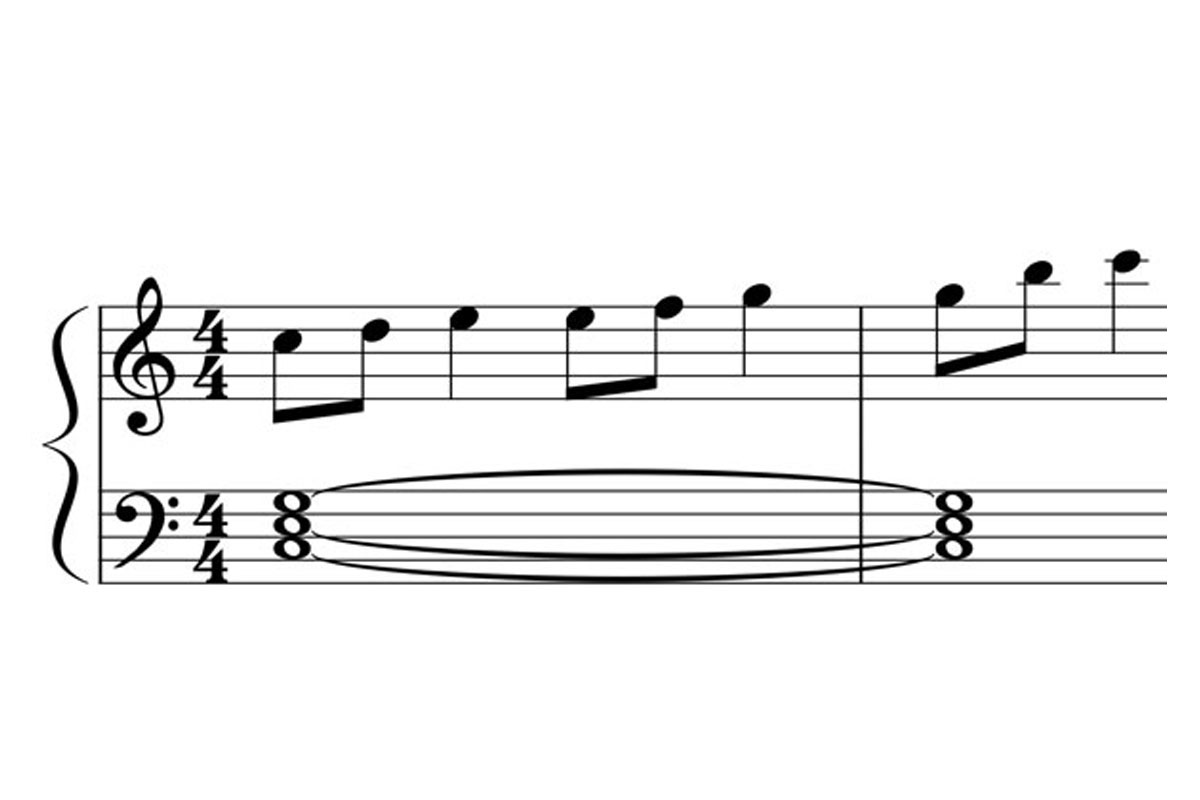A fundamental jazz improvisation skill is the ability to hear, think, see, and play the passing tones between each of the chord tones in any major triad…
One Diatonic Passing Tone, Quarter Notes…
Sing as you play: Do Re Mi, Mi Fa So, So Ti Do! etc…

Notice three important things about the pattern above:
- The chord tones 1, 3, 5 (Do, Mi, So) fall on the strong beats (1 & 3) and the passing tones that connect the chord tones fall on the weak beats (2 & 4).
- There are “too many notes in the scale” between So and Do going up and between Do and So going down.
- It sounds and feels more melodically pleasing to fill the gap between So and Do going up with Ti and to fill the gap between Do and So going down with La. (Hint: Try doing to reverse to see how it sounds and feels).
One Diatonic Passing Tone, Swing 1/8th Notes…

Two Passing Tones (some chromatic), Triplet 1/8th Notes…

Notice that you “run out of notes” between Do and Mi and Mi and So, and so you need to add an extra note to smooth out the melodic line.
Two Passing Tones (some chromatic), Swing 1/8th Notes…

Notice that the last note in each group now falls on an upbeat–an essential element in Jazz swing called syncopation.
Homework
Please let Frank know if you’d like him to produce downloadable MP3 play along files in all keys at a variety of tempos (Hint: nobody has asked yet).
learn more…
Jazz School: Major Triad Neighbor Tones

Leave a Reply